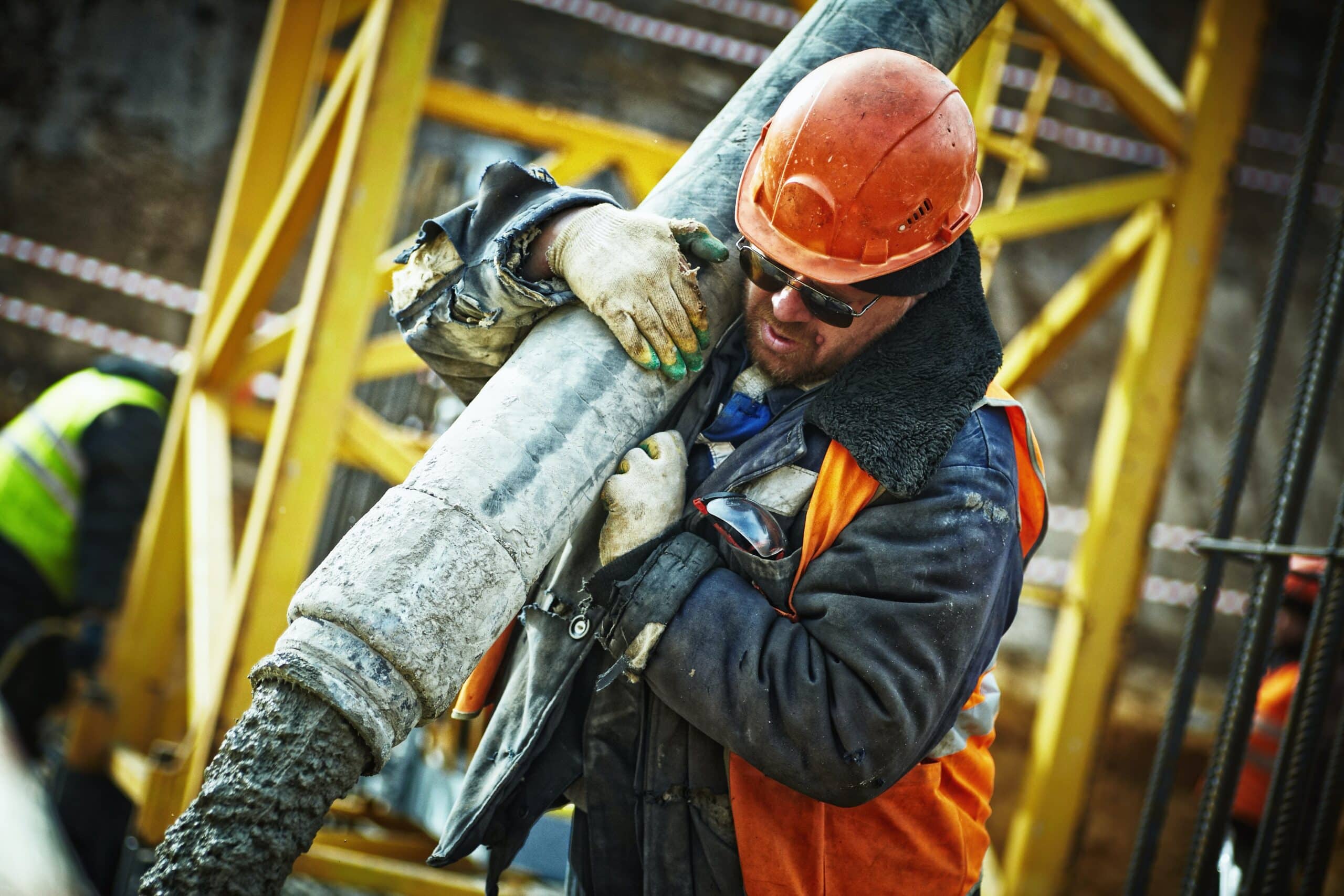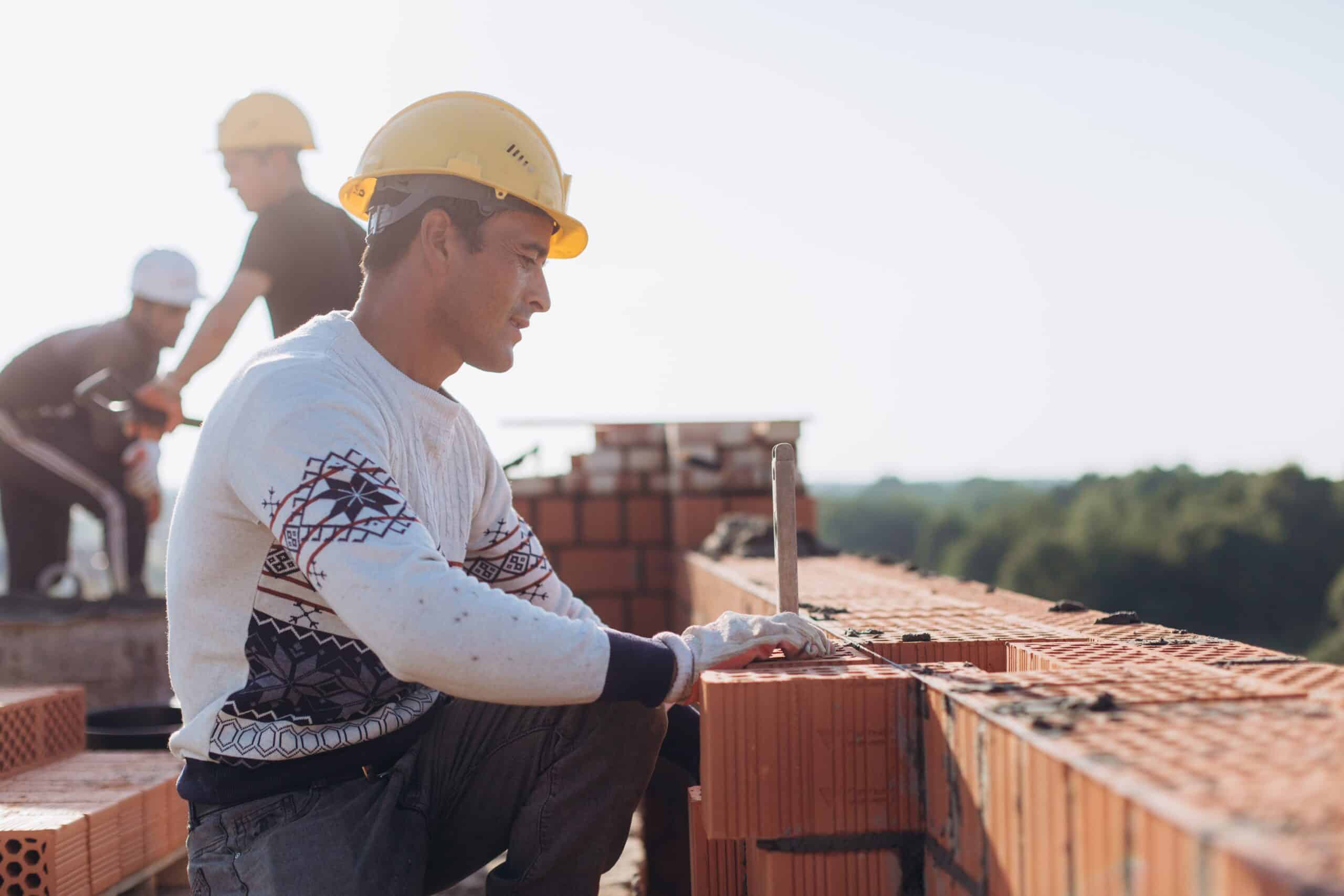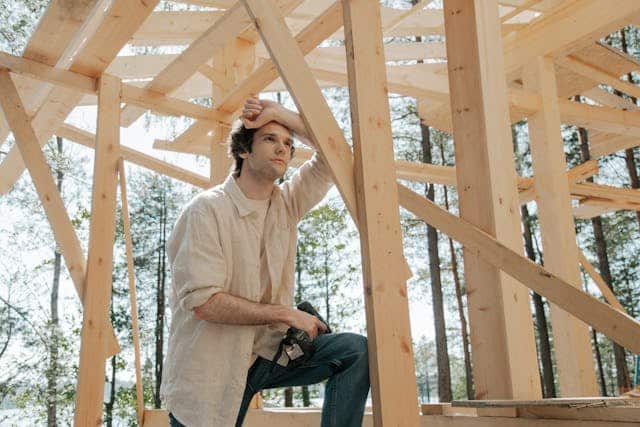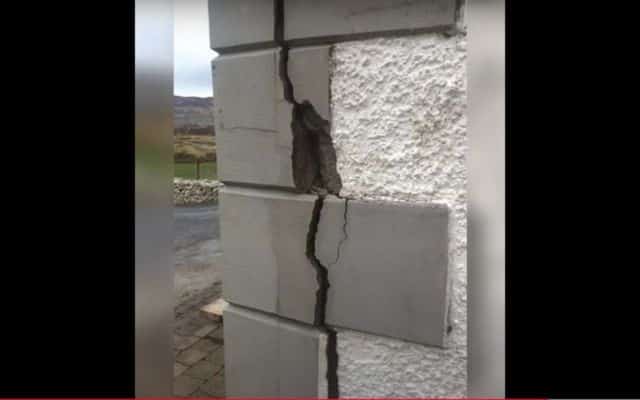In this article we cover:
- Checklist of what you need to have in place before you can start on your build
- What information you will need to gather after you’ve appointed your builder/tradesmen
- Working out how the work on site will unfold
- How and when to shop for the big ticket items
By now, all of the information that you will need to create a working programme should have been covered during the design and preconstruction phases. But here’s a checklist of what needs to be in place before you start:
- Ownership. At this stage, we’re assuming you’ve already asked your designer and solicitor to check and verify ownership regarding the positions of boundaries and any other features or restrictions which relate to the development of your site.
- Finances. The project finances have been set up and confirmed with the lender and are ready to draw down in stages when required. You will also have taken early advice from a qualified and experienced construction insurance broker and have arranged for all the insurances which the self-builder requires.
- H&S. You will also be responsible for health and safety. It is a complex subject and a responsibility not to be taken lightly. So unless you have studied it thoroughly, your designer or a H&S consultant may be needed to take care of that for you. Their contribution will have an important part to play when the programme is being written and throughout the life of the construction project. Before you start, the health and safety plan should be sorted out.
- Inspection schedule. A suitably qualified person will be needed for carrying out routine inspections to certify the work for your lender to release staged payments. This responsibility may be undertaken by your designer but check first that they have the qualifications, experience and insurances demanded by your mortgage provider. Some staged inspections may be carried out concurrently, depending on the progress of the works. Although some certifiers will undertake to carry out inspections on an ad-hoc basis, albeit with maybe a couple of days notice beforehand, you should be able to make use of your programme to let them know in good time when the stages are due for completion.

What information you will need
Following the tender process, all suppliers, builders, subcontractors and tradespeople should have been identified and confirmed with you and you know who the team leaders are. Check everyone’s insurance details. Get all that done before the contracts are signed.
Check that you know who should be doing what and at which stages of the build they will be needed. Rather than diving in to create your own ideal schedule with dates that suit only yourself, get chatting to your builders and subcontractors to find out when they can definitely be on site. Ensure that if they are carrying out work elsewhere around the same time (as they almost certainly will be), they are contractually obligated to allocate sufficient labour and resources to get your work done in the time allowed. If they cannot and you still want only them to do the work, expect to have to revise and update your programme as you go along.
At this stage, it is vital to find out which subcontractors and tradespeople will require support from others. The concrete contractor may employ a separate team of reinforcement installers to carry out reinforcement placement, so concreting cannot start until that has been done.
The reinforcement installers in turn will want to have the rebar schedule from the Structural Engineer in good time before they start. When the concrete contractor arrives on site, they will expect ready-mix concrete to be arriving in the correct quantities first thing that morning and may need additional equipment to be in place to get it quickly into the right locations on site.
Remember too, that builders should not be stacking blocks or otherwise commencing work on the sub-structure until the concrete foundations have properly cured, so take advice from your designer or the concrete manufacturer on how much time is needed for curing the particular mix that you purchased, for the weather conditions at the time.

Any of the trades may rely on scaffolding being in position after the walls have reached waist level and may need it to remain in place for much of the duration of the project.
Plumbers and electricians usually expect holes in walls and floors for their pipes and cables to be made by the builder. The ventilation installers may need routes for their ducts and various inlets and outlets.
The joiner will want to be satisfied that the moisture content and humidity levels are stable before fitting timber floorboards and other joinery, so time will be required in the programme for this to happen. I described in the Selfbuild Floor Construction Guide (Spring 2023) about how floor screeds take a surprisingly long time to dry, so make sure that drying time is accounted for.
The window fitters cannot and should not install windows until the correct insulation and damp-proofing measures are fitted correctly all around the aperture, at lintels, sills and jambs.
And the plumber and electrician will need a finalised kitchen design before their first fix activities. These are a few examples; the list of dependencies is extensive.
Shopping
Photographs, videos and brochures often don’t compare with what you see in real life situations. Arrange for materials samples of products that you haven’t seen before. Think about slates or tiles, premixed renders following application, timber cladding, composite panels, windows and doors, bricks, paving, floor tiles, and any other big money items.
This should be all covered at the design stage before the tender documents have been issued. We have all seen house building shows on TV where the clients have to select materials as their house is being constructed. In reality, you don’t generally get to see that this has a tendency to result in delays in sourcing, pricing and ordering with a resultant disruption to the building programme.
















